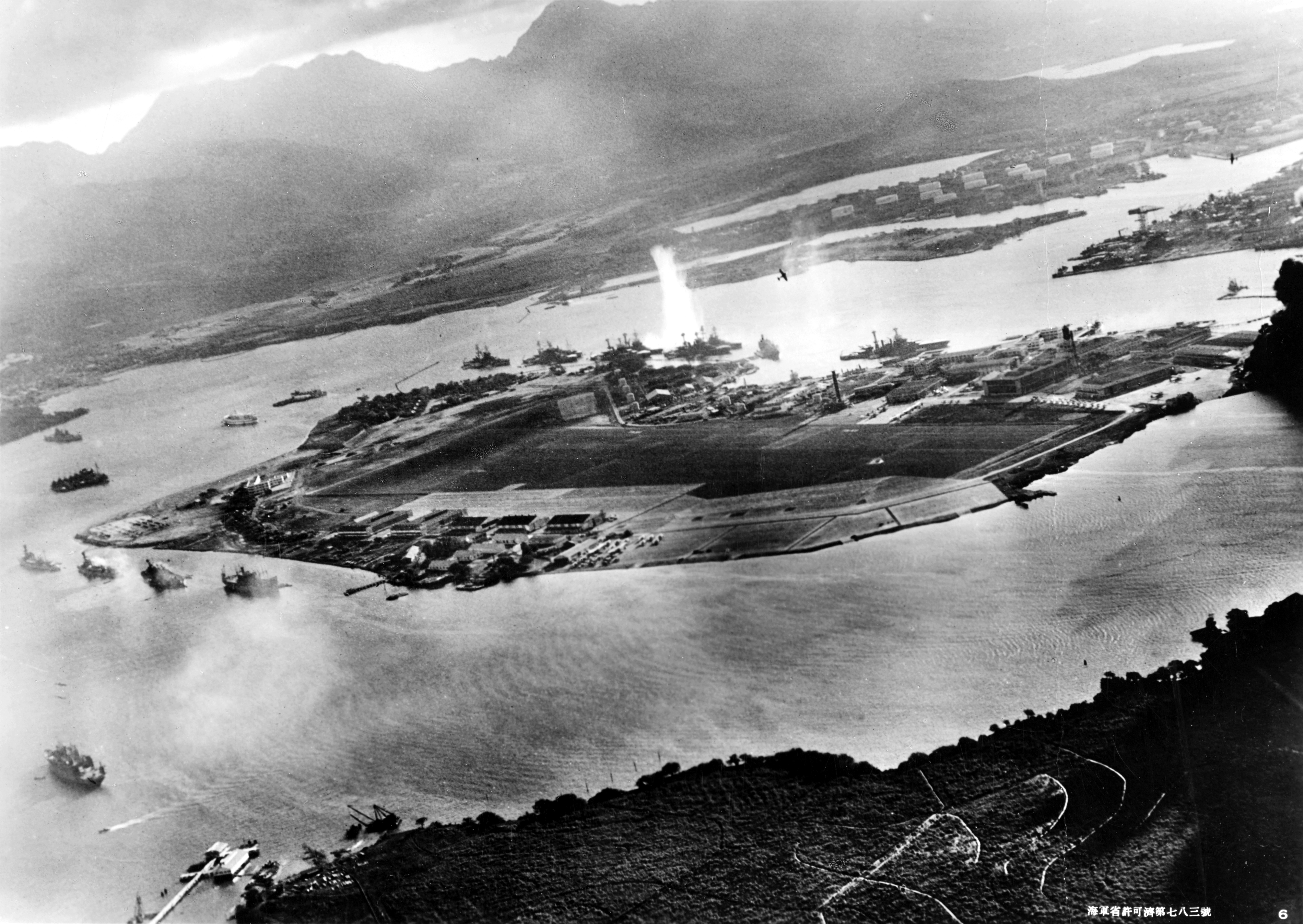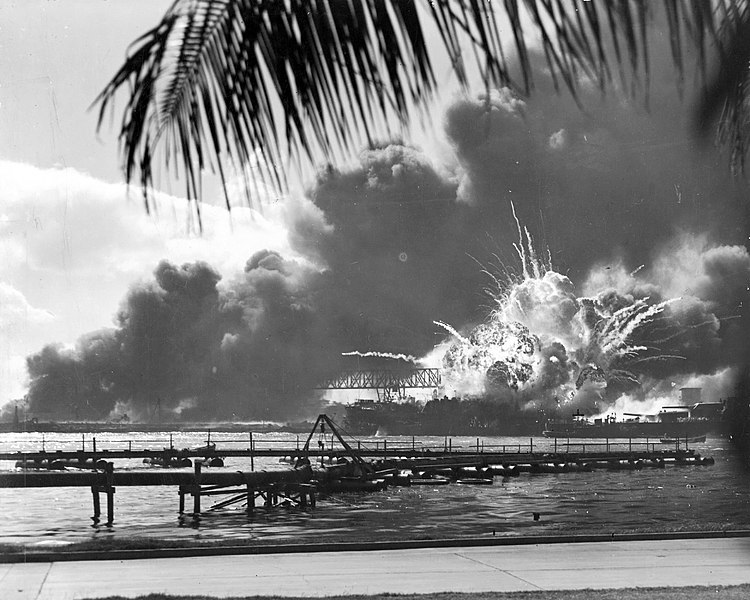On December 7th, 1941, the Japanese fleet launched two air strikes against the US naval base at Pearl Harbor in Hawaii, dragging the USA into World War II.
They sank eighteen ships and destroyed 188 aircraft, most on the ground, damaging several more ships and a further 159 aircraft. Japanese losses were 29 aircraft, five midget submarines and 64 personnel, plus a further 74 aircraft damaged.
Fleet Admiral Isoroku Yamamoto, Commander-in-Chief of Japan’s Combined Fleet at the outbreak of war, was asked in mid-1941 by then-Prime Minister Fumimaro Konoe about the outcome of a possible war with the United States. Yamamoto replied: “I shall run wild considerably for the first six months or a year but I have utterly no confidence for the second and third years.” He was to be proved prophetic, although he did not live to see his forecast fulfilled.
Japan would go down to ignominious defeat, losing over 2.7 million fatal casualties (almost 4% of her pre-war population), and causing many times that number of deaths, most to innocent civilians and prisoners of war. It took her many years to recover, and the psychological scars of her defeat remain evident to this day.
Let’s remember the 2,386 Americans who died in the attack on Pearl Harbor (including 55 civilians, most killed by unexploded American anti-aircraft shells falling back to earth) and the 1,139 who were wounded. Many more US casualties would follow until peace was restored in August 1945.
Peter




Looks like the Arizona is still leaking oil.
I could see the Arizona still leaking oil when I was briefly there in 1978. A somber sight to a sailor.